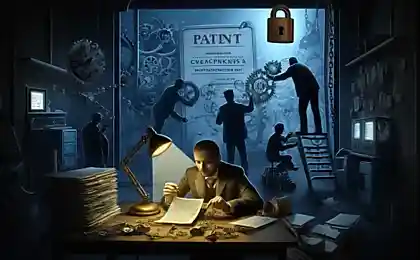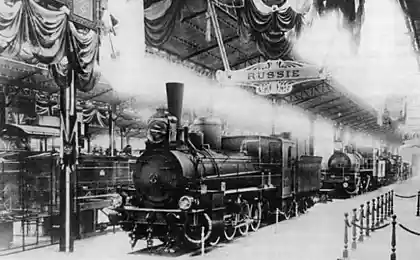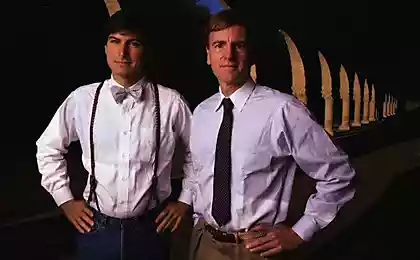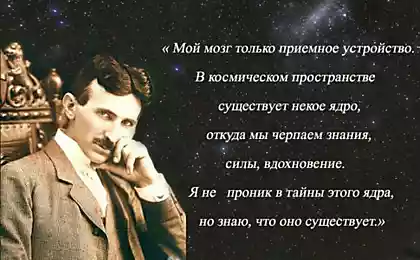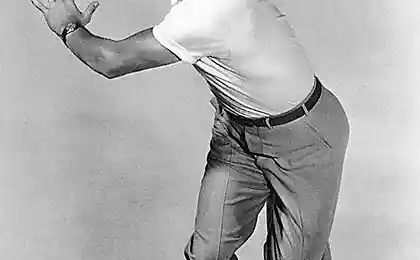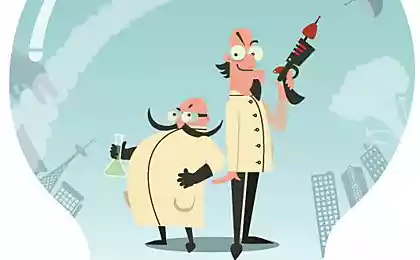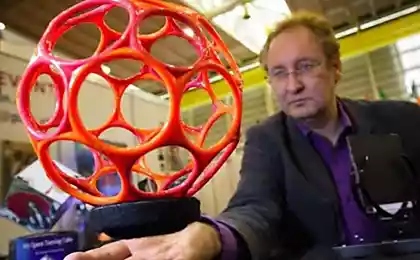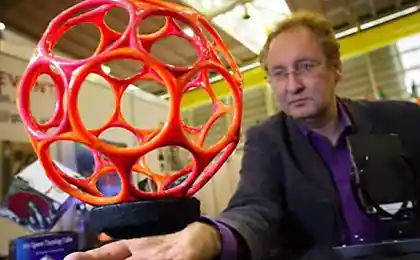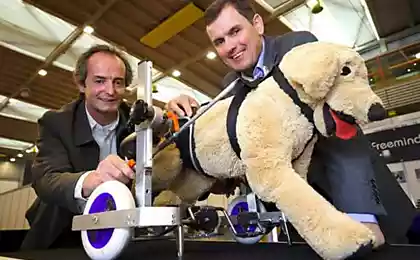1985
Five inventions that we could never see (6 photos)
November 7, 1891 American Whitcomb Judson patented Leo first known prototype zippers. It was patented under the number 504038 as a "buckle for shoes." About this invention for many years forgotten. Zipper reappeared in modified form only after almost 20 years.
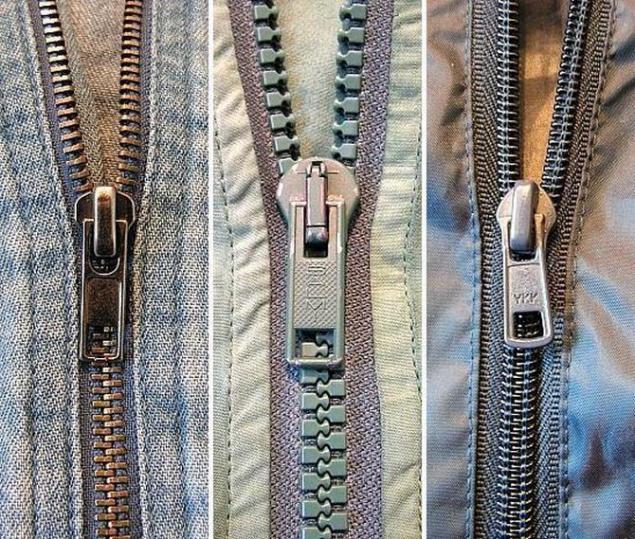
Zipper
Creator zipper Whitcomb Judson Leo presented it to the public in 1893, but it was difficult to manufacture and unreliable. No assurances revolutionary invention could not convince people of the usefulness of outlandish gizmos. Trying to promote a new product on the market, Judson almost went bankrupt.
Perhaps we would never have found out about this buckle, if not the case. Judson decided to bring in partners and Harry Earl Louis Walker. The latter, in turn, attracted American engineer Gideon Sundback of Swedish origin, who presented his version of the fastener similar to those zippers that we use now. The new version of lightning Sundbek patented April 29, 1913, he also developed the technology of its production. Manufacturers, mindful of past bad experience with unreliable clasps, first reacted to the product with a grain of salt, but then lightning proved its effectiveness, and sales went to cheer.
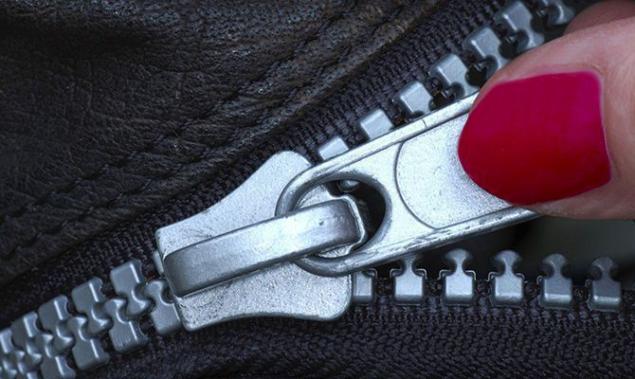
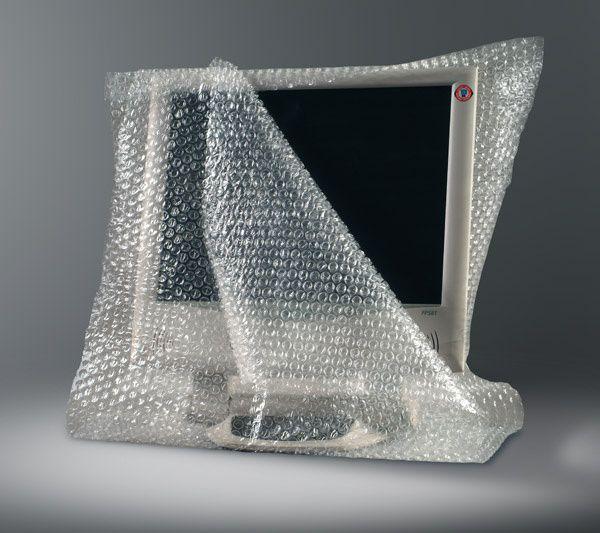
Bubble wrap
Bubble wrap was invented in 1957. It was created at the request of a New York designer, two engineers - Alfred Fielding and Marc Chavannes. Originally conceived as a bubble wrap material for new wallpaper, which would be easy and convenient to clean. The film is a transparent flexible polyethylene, which surface is uniformly covered with small protrusions filled with air. Now it is widely used for packing fragile items. But it was not always. The idea did not like, and the invention of time to forget. When one of the creators of the film - Fielding - flies to Newark Airport in New Jersey, he thought fluffy clouds as soften the landing of the aircraft. Then he came up with to use bubble wrap for packaging. In January 1960, he and Chavannes founded the company Sealed Air and patented a film called Bubble Wrap.
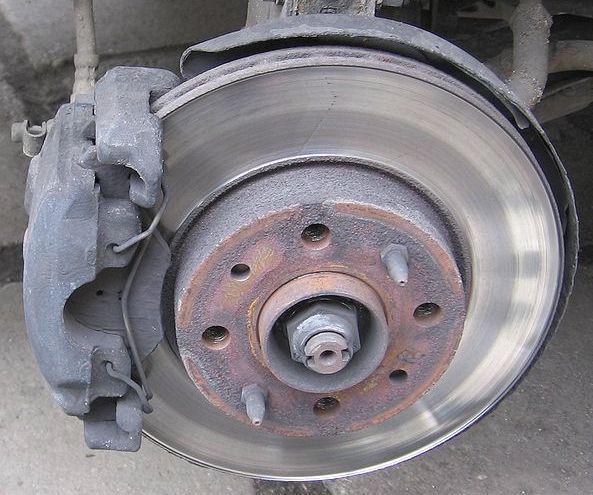
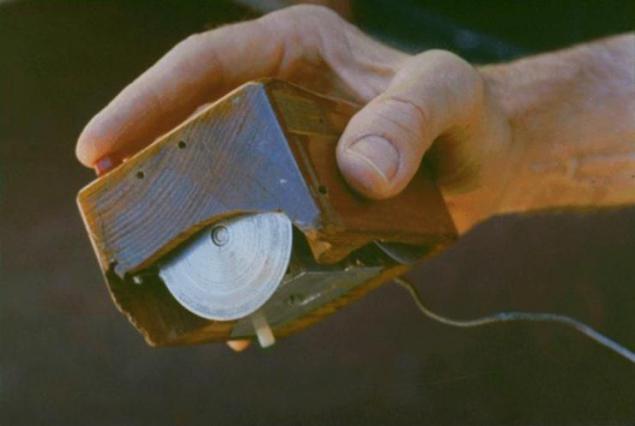
DISC BRAKES
In 1902, Frederick Lanchester patented disc brakes. They even began to be established on some models of cars Lanchester. As modern vehicles have disc brakes Lanchester clamps which are pressed against and fixed to the two sides of the wheel drum. First disc brakes fitted to the rear wheels. As the braking element involved copper pads that wear out quickly. Disk quickly clogged with dirt and dust. Lanchester disc brakes were ineffective. Forgot about them. Fred Lanchester shared his innovation with the firm AC, sports car manufacturer AC Cobra.

--img7--
Computer mouse
In 1963, the Stanford Research Institute Fellow Doug Engelbart invented the mechanical displacement sensor. A year later was constructed the first working prototype of the manipulator, which was named "mouse" because of the similarity of the device protruding wires tailed rodent. The housing was made of wood. Mouse was designed for the operating system oN-Line System (NLS). The device had two perpendicularly arranged wheel. Due to the large number of shortcomings in the market, this design did not take, even though the project was supported by space agency NASA. The invention of Douglas Engelbart recalled only ten years later, thanks to the company Xerox PARC and the computer Alto.
--img8--
--img9--
ADHESIVE STICKER
In 1968 he worked in the company 3M chemist Spencer Silver invented tight glue that is not absorbed into the paper surface and leaves no residue. The invention has long been unclaimed. A few years later Arthur Fry, an employee of the same company, accidentally found a practical application for the new glue. Who sang in the church choir Fry became glued to the substance bookmarks in your prayer book. On every page they do not damage the fragile pages. So a paper with adhesive edge - stickers.
--img10--
--img11--
Source: tanjand.livejournal.com

Zipper
Creator zipper Whitcomb Judson Leo presented it to the public in 1893, but it was difficult to manufacture and unreliable. No assurances revolutionary invention could not convince people of the usefulness of outlandish gizmos. Trying to promote a new product on the market, Judson almost went bankrupt.
Perhaps we would never have found out about this buckle, if not the case. Judson decided to bring in partners and Harry Earl Louis Walker. The latter, in turn, attracted American engineer Gideon Sundback of Swedish origin, who presented his version of the fastener similar to those zippers that we use now. The new version of lightning Sundbek patented April 29, 1913, he also developed the technology of its production. Manufacturers, mindful of past bad experience with unreliable clasps, first reacted to the product with a grain of salt, but then lightning proved its effectiveness, and sales went to cheer.


Bubble wrap
Bubble wrap was invented in 1957. It was created at the request of a New York designer, two engineers - Alfred Fielding and Marc Chavannes. Originally conceived as a bubble wrap material for new wallpaper, which would be easy and convenient to clean. The film is a transparent flexible polyethylene, which surface is uniformly covered with small protrusions filled with air. Now it is widely used for packing fragile items. But it was not always. The idea did not like, and the invention of time to forget. When one of the creators of the film - Fielding - flies to Newark Airport in New Jersey, he thought fluffy clouds as soften the landing of the aircraft. Then he came up with to use bubble wrap for packaging. In January 1960, he and Chavannes founded the company Sealed Air and patented a film called Bubble Wrap.


DISC BRAKES
In 1902, Frederick Lanchester patented disc brakes. They even began to be established on some models of cars Lanchester. As modern vehicles have disc brakes Lanchester clamps which are pressed against and fixed to the two sides of the wheel drum. First disc brakes fitted to the rear wheels. As the braking element involved copper pads that wear out quickly. Disk quickly clogged with dirt and dust. Lanchester disc brakes were ineffective. Forgot about them. Fred Lanchester shared his innovation with the firm AC, sports car manufacturer AC Cobra.

--img7--
Computer mouse
In 1963, the Stanford Research Institute Fellow Doug Engelbart invented the mechanical displacement sensor. A year later was constructed the first working prototype of the manipulator, which was named "mouse" because of the similarity of the device protruding wires tailed rodent. The housing was made of wood. Mouse was designed for the operating system oN-Line System (NLS). The device had two perpendicularly arranged wheel. Due to the large number of shortcomings in the market, this design did not take, even though the project was supported by space agency NASA. The invention of Douglas Engelbart recalled only ten years later, thanks to the company Xerox PARC and the computer Alto.
--img8--
--img9--
ADHESIVE STICKER
In 1968 he worked in the company 3M chemist Spencer Silver invented tight glue that is not absorbed into the paper surface and leaves no residue. The invention has long been unclaimed. A few years later Arthur Fry, an employee of the same company, accidentally found a practical application for the new glue. Who sang in the church choir Fry became glued to the substance bookmarks in your prayer book. On every page they do not damage the fragile pages. So a paper with adhesive edge - stickers.
--img10--
--img11--
Source: tanjand.livejournal.com

